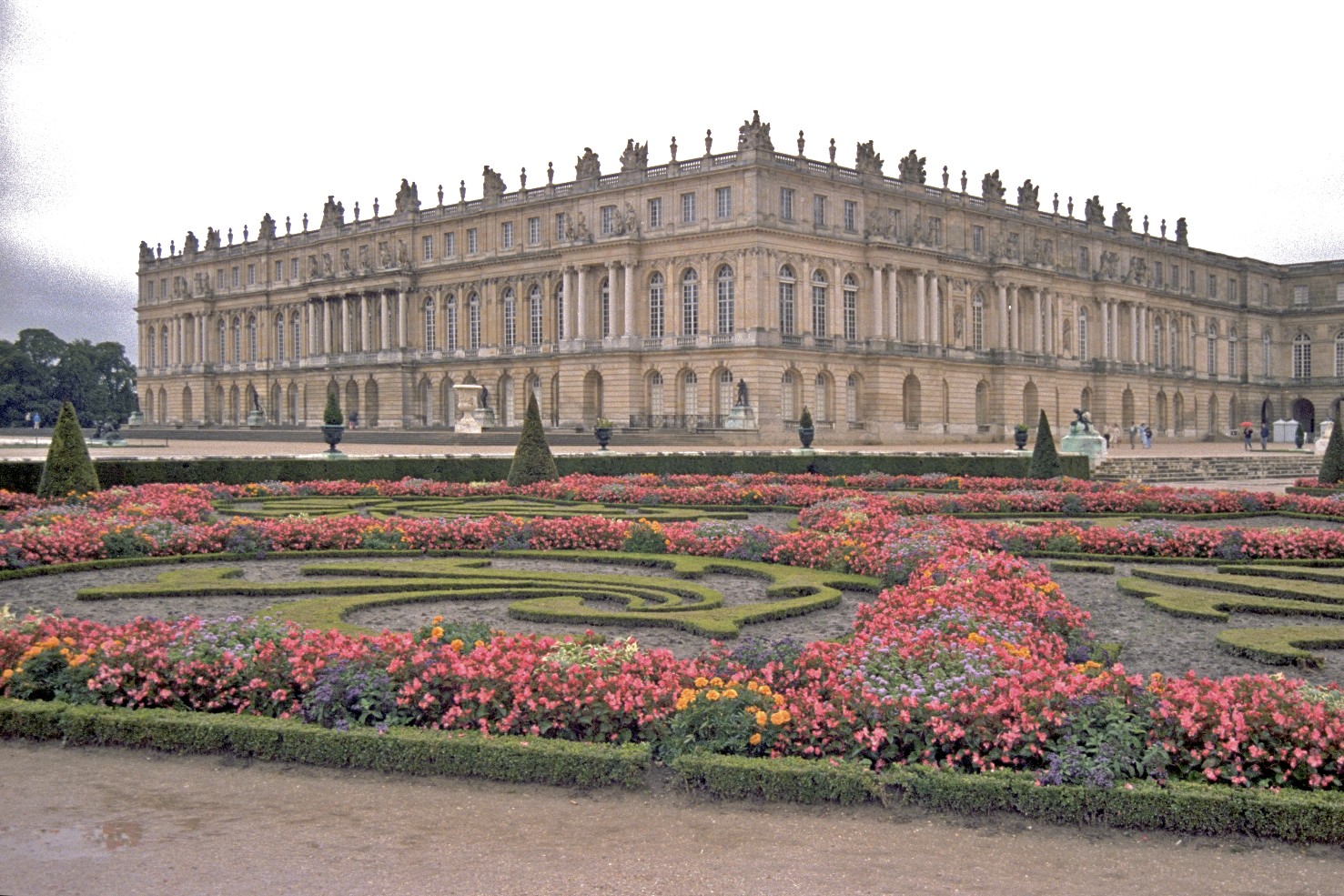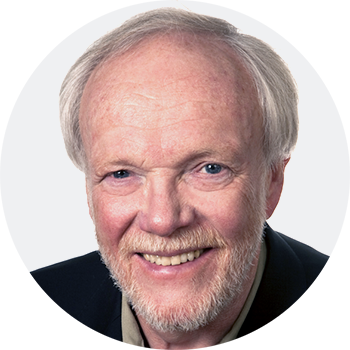Versailles
Organized bus tours leave for Versailles. It is also possible to take a train from Gare des Invalides or rent a car. The trip is short. Versailles are only 24 kilometres to the south west.
Soon after its construction it became a model for other royal palaces around Europe. The style is called the Versailles style, a development out of the French Mannerist palace or château style.
In 1660 the Sun king, Louis XIV had construction begun at Versailles. He wanted a royal residence away from the Paris mobs. At that time it was the hunting palace of his father. The first architect was Le Vau, but after his death Hardouin-Mansart took over and was responsible for the final look, the consistent style of the palace.
As examples of the scope of the construction it can be mentioned that 36,000 men worked with 6,000 horses. 16,000 hectares were drained and 1,400 fountains were built. 150,000 trees were planted each year. The palace was meant to house the king’s family, 1,000 aristocrats and their 4,000 servants.
Versailles interior
We enter the palace.
The main attraction is the hall of mirrors, running almost the whole length of the garden side of the central wing, 75 meters long, with 17 big windows out to the gardens and 17 equally big mirrors on the other side. The hall was initially furnished in silver but now it is empty. In olden times noblemen relieved themselves in the crannies, making the whole palace stink.
The hall of mirrors connects the King’s wing on the north and the Queen’s wing on the south. Other outer wings extend from these wings. The northernmost one houses a chapel and a theatre.
The palace is now a series of museums. Visiting hours are variable, so it is advisable to check beforehand. Waiting lines can be long when buses arrive in force. In such cases it might be wise to have a rented car and choose a more convenient hour, for example at opening time in the morning.
Versailles gardens
We finally enter the gardens of Versailles.
The gardens cover 100 hectares. They are in classic French château style, designed by the architects of the palace. We have a good view over them from the terrace in front of the hall of mirrors.
In the northern part of the gardens there are the palaces Grand Trianon and Petit Trianon, summer residences. Near to them is a fake Alpine village which Queen Marie Antoinette had built for her and her ladies-in-waiting to play Austrian milkmaids.
Finally we return to Paris.
Au revoir


